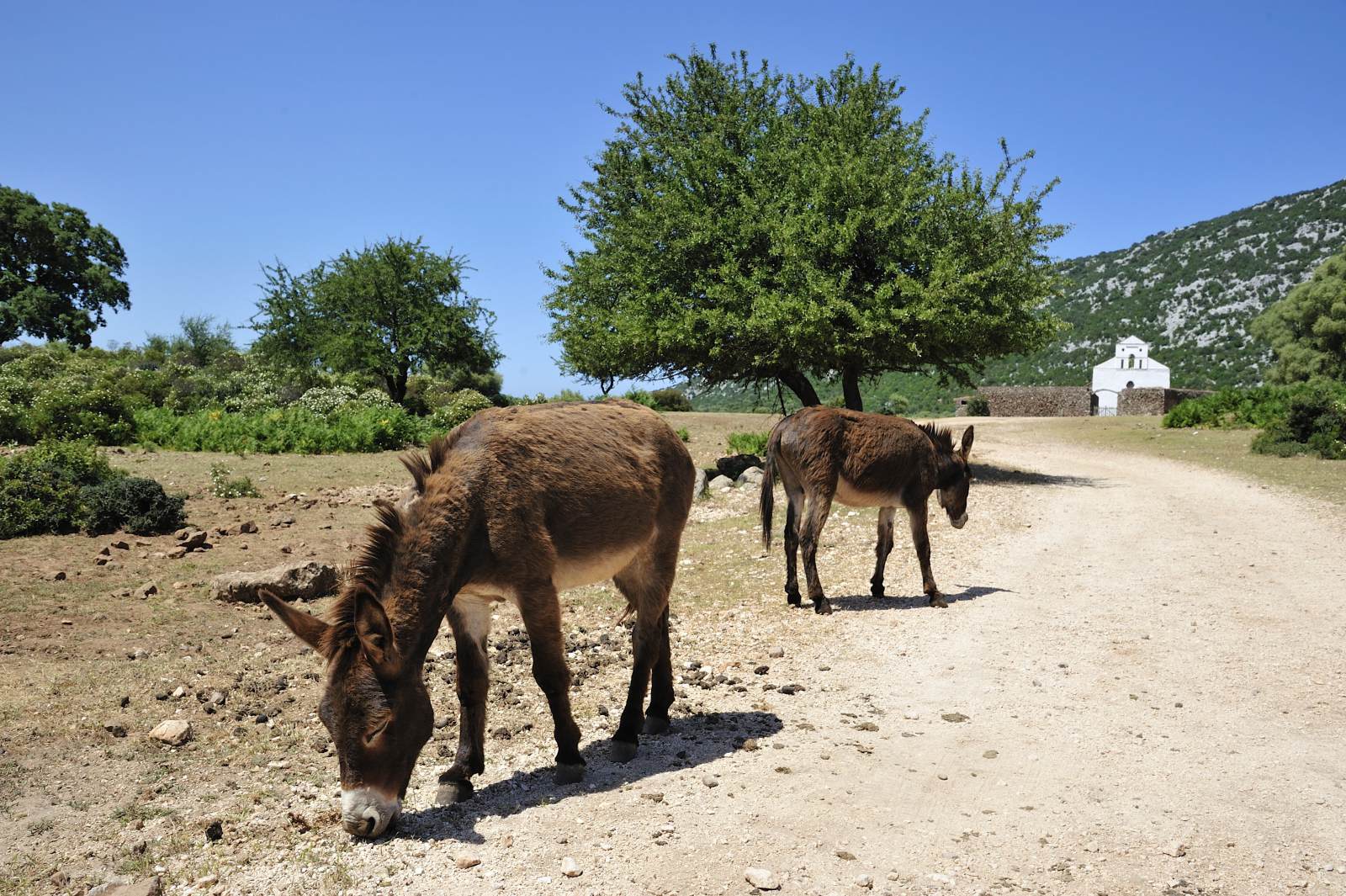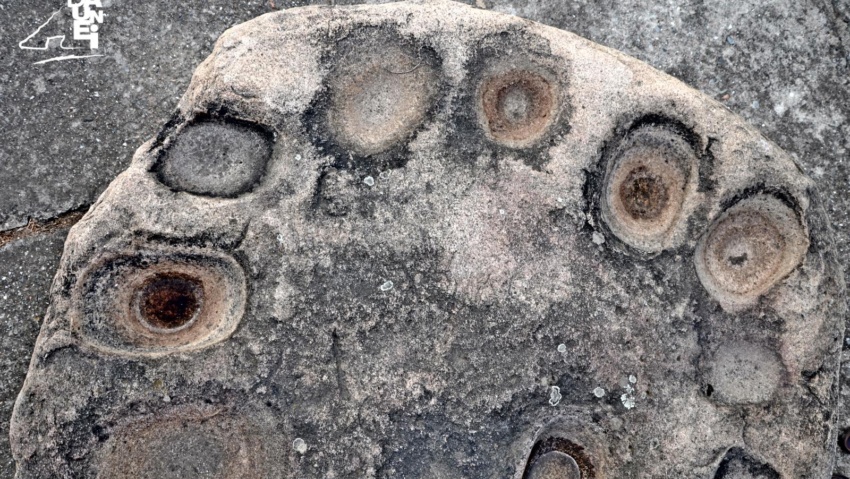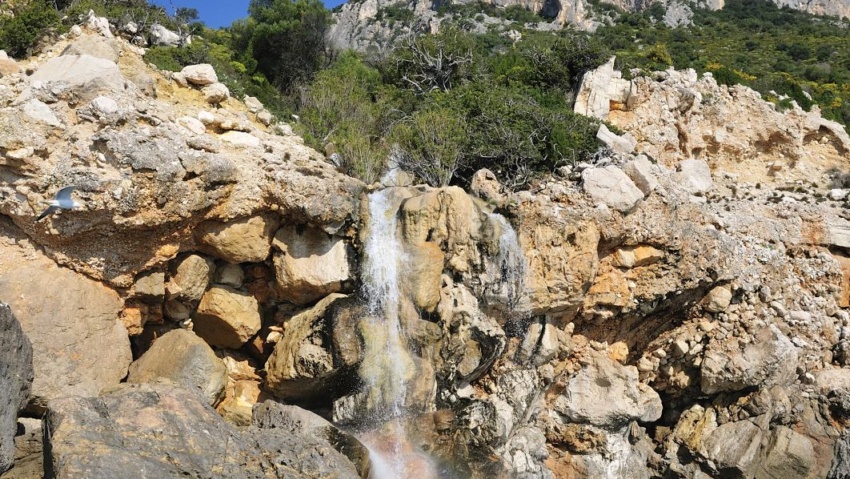The Festival Oven
“Sardinians, especially the herdsmen and the inhabitants of the countryside, excel in the art of roasting the meat on a spit and cooking it under hot ashes”. General Alberto La Marmora of the Sardinian- Piedmontese army, author of one of the most famous nineteenth-century travel accounts dedicated to Sardinia, was most impressed by the island’s customs regarding roasts. He was especially impressed by “certain country festivals in Ogliastra and Barbagia, where it is customary to give all participants bread, wine and roast: goat-meat, often from castrated goats. The goats are slaughtered and quartered by the hundreds and the quarters are thrown, still bloody, in bulk into a hot oven”. The description is reminiscent of the festival of St. Peter in Golgo described by the French traveller Valèry in 1837: “The festival (…) is celebrated with a huge communal feast (…). 90 goats are slaughtered and cooked in a large oven near the church; the leathery meat is dished out along with a piece of white bread to all those present”. Valèry visited Sardinia in 1834 and his account almost perfectly coincides with the one written by Angius: “eighty goats are slaughtered and cooked in a large oven near the church”.
The oven in question, made of basalt stone, is outside the wall that surrounds the church, leaning against the building that serves as a pantry during the days of the festival. Nowadays, many Baunesis tend to see the typical exaggerations of nineteenth-century travellers in the descriptions left by Valèry and Angius, especially regarding the number of goats, which are not consistent with a single “public feast”. Numbers aside (maybe the total of 80 or 90 goats was the combined total over the two days of the celebrations) the ancient cooking method is still remembered by the elders of the village and documented by a vintage photo dating back to the early twentieth century.
It is likely that the custom was abandoned in the early decades of the twentieth century, as would seem to be confirmed by a passage in an autobiographical novel ( “Silver Heart”) written by the Tuscan elementary school teacher, Ya Malandrini, who taught in Baunei in the twenties. When describing the country festivals, Malandrini wrote that the Baunesis “would come to the country church, camp outside in the open, hear the Mass and the Vespers and roast the meat using primitive spits”. Nowadays, the herdsmen of Baunei organise the “Festival of goat meat” during the celebrations in honour of St. Peter, reviving “the great public feast” in modern tones, positioning the spits around the fire.
CONTATTI
Via San Nicolò, 2 – 08040 BAUNEI (Sardinia, Italy)
infopoint@turismobaunei.eu
+39 349 5462583





